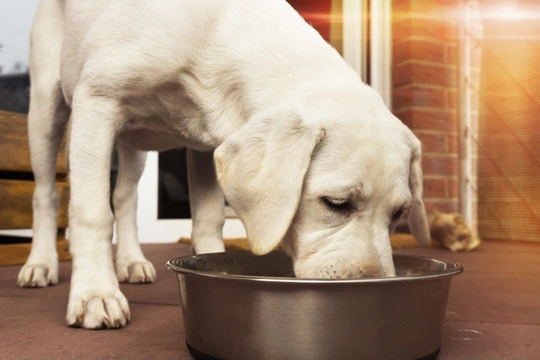
Immediate Dog Food Change: Safe Steps to Avoid Problems
Most dog owners change their dog's food type or brand over time due to evolving nutritional needs or preferences. However, these changes should ideally be done gradually over one to two weeks to minimise digestive upsets. Sometimes, an immediate diet change is unavoidable, such as if your dog's regular food is discontinued, out of stock, or recalled for health reasons. This article explains how to manage sudden diet changes safely while maintaining your dog's wellbeing.
Choose Your New Dog Food Thoughtfully
Selecting a new food similar in ingredients and type to your dog's previous diet helps ease the abrupt transition. For example, if your usual kibble brand is unavailable, choose a similar flavour or a product with comparable nutritional content. Avoid switching from wet to dry food or introducing unfamiliar components like grains if your dog was previously on a grain-free diet. This careful selection reduces the risk of adverse reactions.
Use Mild or Bland Foods to Ease Transition
If your dog has a sensitive stomach, consider feeding bland meals such as boiled chicken mixed with brown rice during the first days of the change. Mix small amounts of the new food with this bland diet initially, gradually increasing the proportion of new food. Although such meals are not nutritionally complete long-term, they can soothe digestive discomfort and help your dog adjust during the transition period.
Feed Small Portions Initially
Begin by offering small amounts of the new food—just a handful instead of a full bowl—to minimise digestive upset. Observe how your dog tolerates the new diet before gradually returning to their usual portion size over several meals.
Monitor Your Dog’s Reactions Closely
Watch for signs of digestive issues such as diarrhoea, vomiting, or loose stools. If such symptoms occur, revert temporarily to bland meals to settle your dog’s stomach. Evaluate whether symptoms resolve as your dog adapts or signal an intolerance to the new food. Persistent problems warrant veterinary consultation.
Consult Your Vet if Your Dog has Health Issues
For dogs on veterinary prescription diets for health conditions, never change foods without vet approval. Your vet can recommend suitable alternatives and guide a safe transition to ensure your dog's health remains stable.
What to Do If Immediate Change Is Required
When an immediate diet change is necessary, follow these veterinarian-recommended steps:
- Offer a small amount of the new food at the first meal (about 25% of a meal).
- If your dog eats it, gradually increase the amount at the next feeding; if not, maintain small amounts initially.
- Closely observe your dog for any signs of digestive upset like vomiting or diarrhoea.
- If symptoms worsen or persist, contact your vet promptly.
Remember, dogs generally adapt well but sudden changes carry risks. Thoughtful food choice, gradual portion increases, bland diet use for sensitive dogs, and regular monitoring can help your dog navigate this transition smoothly.
For those seeking to find a new food or a puppy, always buy from reputable breeders or suppliers to ensure your dog's safety and wellbeing.



